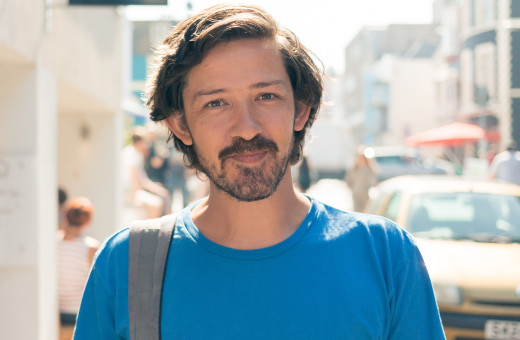1 Critical and speculative design, to me, is a space of disciplinary experimentation and evolution. It allows us, designers, to map out and explore the boundaries of our practice. Instead of attending to market forces, client needs, or historical norms, we get to imagine how the discipline could function under a new regime. This is why I am clear about CSD’s pedagogic power, it allows for enfolding interdisciplinary concerns and methods into a broader social, cultural, economic, political, environmental imagining.
2 Speculation is part of every designers practice; we continually speculate on the conditions of the world we are designing for. We imagine our work in the world, having agency, making change, from social transformation to economic success. Speculation is fundamental to the practice. However, as with all named “groups” or “isms”, the nomenclature defines a certain economic/power relationship. The three dominant ones I would like to highlight are: speculative design as educational practice, speculative design as technological provocateur (beware of the innovation trap), speculative design as cultural production/enquiry. So let us start with the first:
Critical and speculative design as educational practice
Critical and speculative design opens up a “natural”/“safe” space for designers to 20 learn without the economic constraints of commercial practice. Although some argue this does not prepare students for the commercial world, I would argue the oppositeit equips them with tactics to manage their role in a complex, changing, dynamic world (which is the role of education). Through speculation on the possibil- ity of design, thinking through some of the complexities of the context of production and consumption, you can find new social realities, new forms of practice, new economic models. And if you do not, at least you get a trial run where you test and train your imagination, build your conceptual and practical abilities.
The Innovation trap
There is so much pressure and hype about the role of technology in the disruption of markets. Companies and investors have become hungry (ravenous) for “visionaries”; people who can predict the future of . This makes speculative design an attractive practicenot only do designers become attuned to the change role and function of technology, they also concentrate on what people want and do. Their superpower is the aesthetic articulation of these possibilities; narratives that allow for the colonisation of the future. The big worry for me, is that critical and speculative design become the advertising arm of venture capital. The evangelists of Silicon Valley, in search for the next big disruption, without the humility to understand the fragility and power of their future trajectories.
Cultural production/enquiry
In this mode, Critical and speculative design operates at the intersection of art and research, but it is something distinctly dif- ferent, it is DESIGN. There is an aesthetic enquiry into the way the world could be, highlighting problems, opportunities and ethical complexities. It tries to produce material that resonates with our current cultural and social context. It responds to dynamics of discourse, markets, science and economics in order to reflect and advance our understanding of the human/material condition.
3 I think it is essential for Design education to find and establish a place in “the academy” that is beyond the delivery of skills and “well trained workers” for the industry. The university becomes a place where a community of practitioners advance and expand the horizons of our discipline. This has profound economic and cultural value, but this shouldn’t be the central driver and mark of success. Education becomes a space where we can unravel the complexities of the world, whilst trying to think of alternatives.
